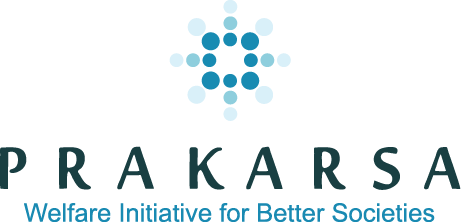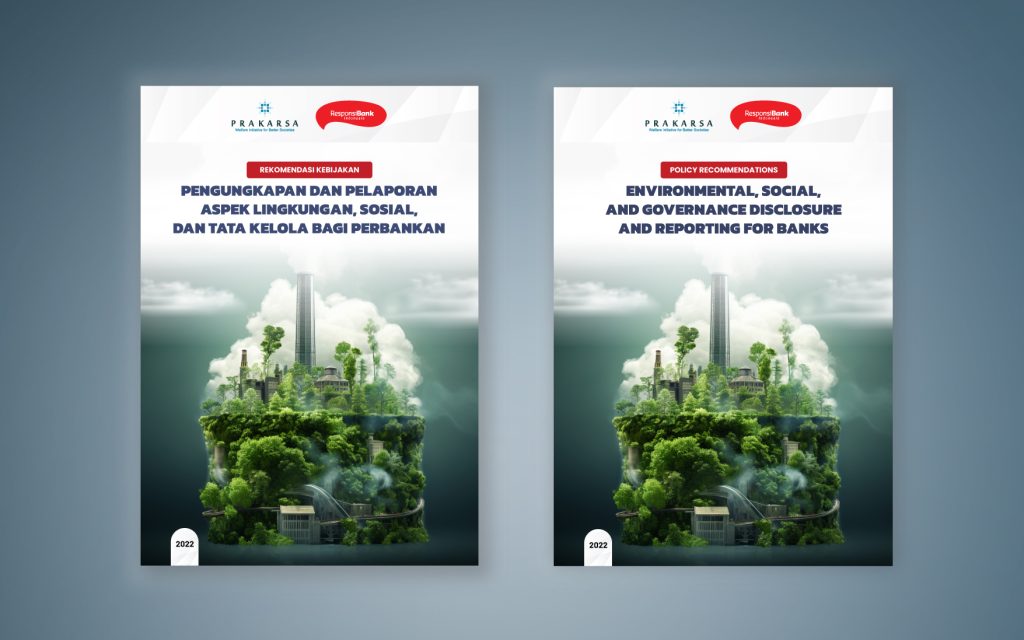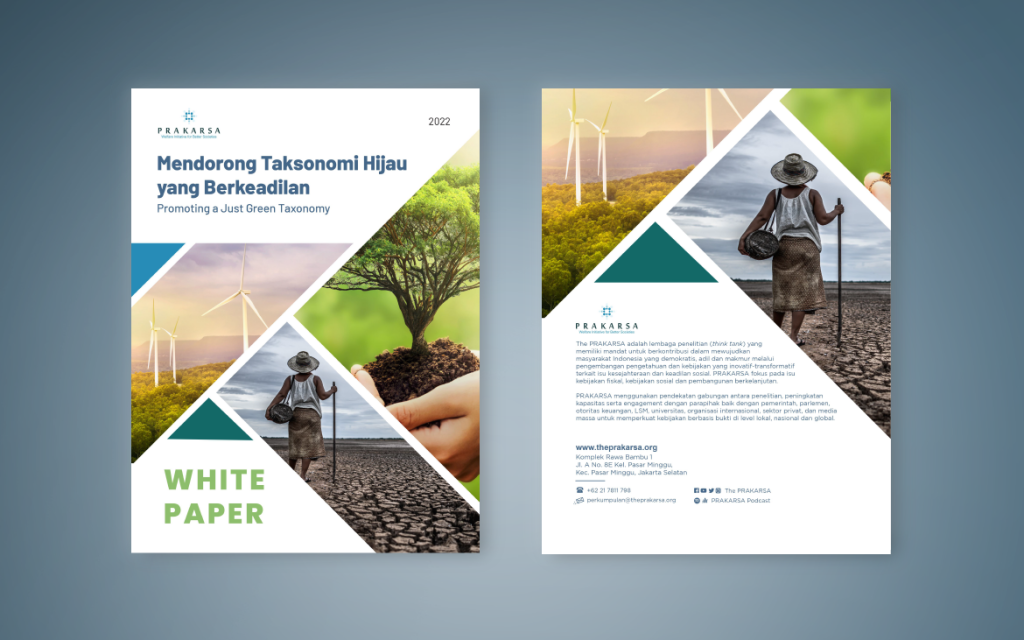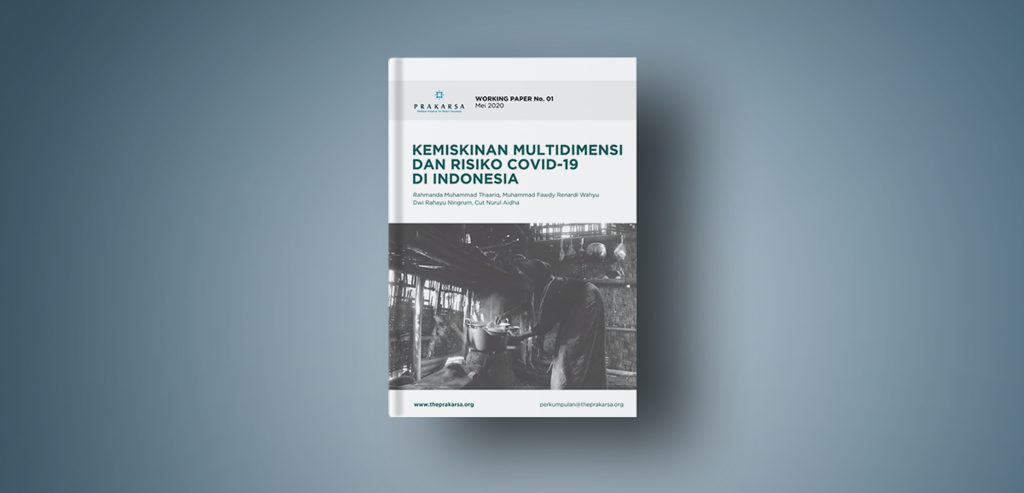
Studi kami bertujuan untuk menganalisis kerentanan penduduk Indonesia terhadap dampak pandemi COVID-19. Studi kami berbasis pada penghitungan deprivasi dari Indeks Kemiskinan Multidimensi Indonesia dalam menentukan tingkat risiko yang dihadapi oleh penduduk Indonesia. Diperkirakan terdapat 176,04 juta orang dari 264 juta orang atau sebesar 66,62 persen penduduk Indonesia masuk ke dalam kelompok berisiko terinfeksi COVID-19. Dari 176 juta orang yang berada dalam kelompok berisiko, setidaknya terdapat 21,43 juta orang atau sebesar 8,11 persen merupakan penduduk miskin multidimensi. Kami mengestimasi penduduk miskin multidimensi di Indonesia berjumlah 21,58 juta orang. Ini menunjukkan bahwa sebagian besar penduduk miskin multidimensi di Indonesia rentan terinfeksi COVID-19. Di sisi lain, terdapat sekitar 1,27 juta orang miskin multidimensi yang berada dalam tingkat risiko tinggi terinfeksi COVID-19. Secara kewilayahan, jumlah penduduk yang lebih rentan terinfeksi COVID-19 cenderung terkonsentrasi di Pulau Jawa. Berdasarkan karakteristik kewilayahan, sebanyak 93,34 juta orang atau 66,78 persen yang tinggal di perkotaan merupakan kelompok berisiko. Kami pun menemukan sebuah korelasi positif yang kuat antara jumlah orang yang berisiko dan jumlah orang miskin multidimensi di suatu provinsi di Indonesia. Kami juga melakukan simulasi menggunakan model SEIR untuk memperkirakan jumlah orang terdampak dari setiap kelompok risiko apabila terdapat kebijakan pembatasan sosial dan tidak. Kami menggunakan beberapa skenario simulasi untuk memperkirakan dampak pandemi COVID-19 secara lebih beragam. Kami menemukan bahwa kebijakan pembatasan sosial yang efektif mampu menurunkan jumlah penduduk terdampak secara signifikan. Dalam simulasi di kelompok miskin multidimensi berisiko, apabila tidak ada kebijakan pembatasan sosial maka orang di kelompok tersebut yang dapat terinfeksi COVID-19 mencapai 1,13 juta orang. Akan tetapi, apabila terdapat kebijakan pembatasan sosial maka jumlah orang yang terinfeksi di kelompok ini bisa dikurangi hingga mencapai 27.348 orang pada efektivitas kebijakan yang sangat pelan dan dapat ditekan hingga mencapai 830 orang pada efektivitas kebijakan pembatasan sosial terbaik.
